Milkweed, Monarchs And The Magic of Books
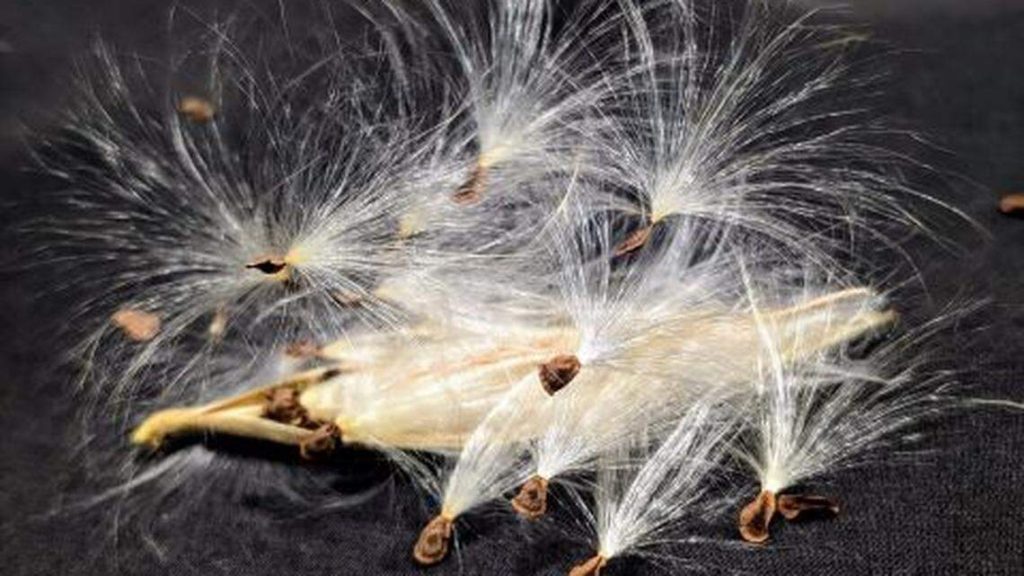
After our hands-on discovery of milkweed seeds earlier this month, we dug out our nonfiction and picture books about seeds, wind, and monarchs. Books give children a way to revisit the ideas they discovered through play. I am always surprised by the number of nonfiction books that the children in our program choose to read before naptime, eager to connect what they saw outside with the pages in front of them.
Whenever we explore something new outdoors, I love to bring books into the mix. Books help children connect their hands-on discoveries to larger ideas and stories. They also give us language—rich vocabulary, beautiful illustrations, and scientific facts that make sense at a child’s level.
When children toss milkweed fluff into the air, they may not realize that the tiny seeds are beginning a journey connected to one of nature’s most fascinating migrations. That’s where books step in—helping them link their playful STEM explorations to the bigger picture of monarch butterflies, seed dispersal, and the interconnectedness of plants and animals.
Here are some of our favorite books to share after milkweed season adventures:
Monarch and Milkweed by Helen Frost is a beautiful book that tells the life cycle of both the milkweed plant and the monarch butterfly. The text weaves the two together, showing children how deeply the two species depend on one another. The book’s gentle rhythm makes it ideal for reading aloud to a group, and the illustrations invite quiet observation. This book helps children make the essential connection: protecting milkweed means protecting monarchs.
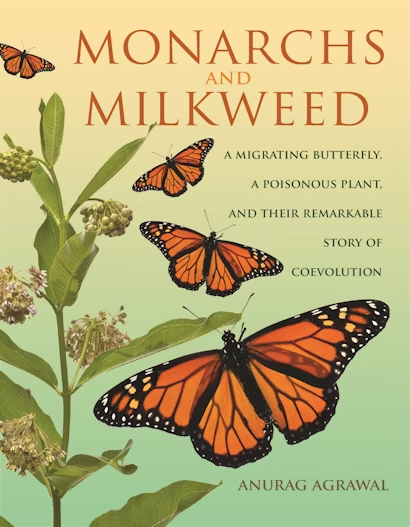
A Seed is Sleepy by Sylvia Long is a favorite in our classroom library because it introduces seeds as both ordinary and extraordinary. Each page invites wonder: seeds are “sleepy,” “clever,” “adventurous.” Milkweed seeds are not pictured in the book, but it doesn’t matter. Once children understand that seeds can be sleepy, clever, or adventurous, they apply that thinking to the seeds in their own hands. The milkweed fluff becomes an “adventurer” riding the wind to find a new home.
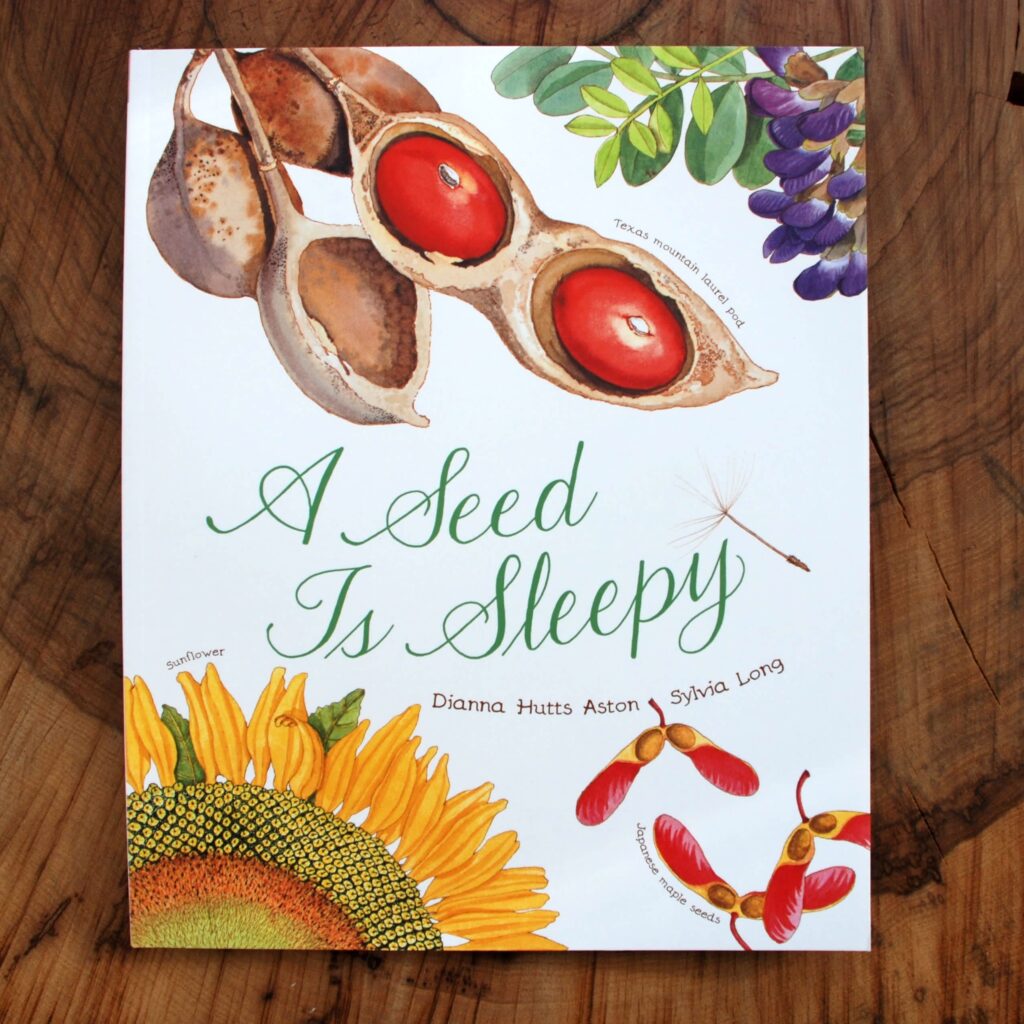
The Mystery of the Monarchs: How Kids, Teachers, and Butterfly Fans Helped Fred and Norah Urquhart Track the Great Monarch Migration by Barb Rosenstock is a book that feels like a STEM adventure story, and it is one of my favorites for slightly older preschoolers and early elementary learners.I sometimes “tell” the story, to a group of younger children, just because the book is that good! It tells the true story of how ordinary people—kids, teachers, and everyday butterfly fans—helped scientists solve the mystery of where monarch butterflies go each winter.
We like this book because of the teamwork involved. Scientists didn’t solve the mystery alone. Children, families, and teachers across North America became part of the investigation. I often say to the children, “You are scientists! The questions you ask and the things you notice matter.” This book helps children see themselves as part of that bigger story: they can notice, record, and share their observations, just like the families who helped discover the monarchs’ winter home.
The story connects to our discussions about milkweed seeds. Just as the seeds travel on the wind to continue their life cycle, the monarchs travel incredible distances to survive. Both journeys—seed dispersal and butterfly migration—show the importance of movement, change, and resilience in the natural world.
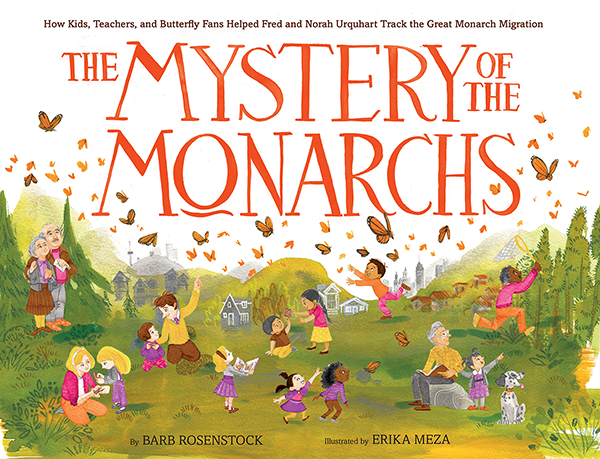
Monarch Buddies by Rina Diane Rosenblattis written in a way that works well for younger readers, with colorful illustrations and child-friendly language. It explains the monarch’s life cycle step by step, while also making the story fun and engaging. After reading, many children begin calling monarchs “our buddies,” which brings us into conversations about caring for living things.
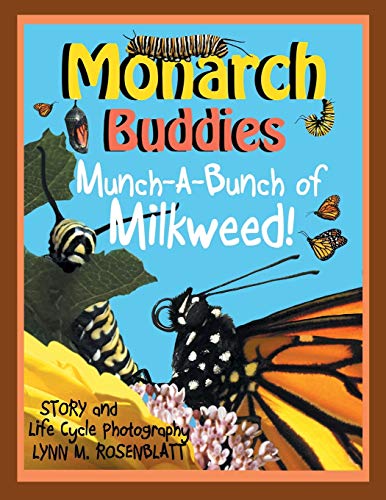
Adding books to our science explorations does more than extend the lesson. It slows children down. It gives them time to sit with an idea, look at an illustration, or hear a concept in a new way. Books provide both the language and understanding, helping children articulate what they’ve seen and understood outdoors.
For educators and parents, books also make science accessible. We don’t need to be an expert in aerodynamics or ecology to talk about seeds and butterflies. We just need a good story, a willingness to wonder, and time to follow the children’s curiosity. When we combine hands-on play with beautifully written and illustrated books, children begin to see and understand the world of science.
Milkweed seeds drift on the wind, carrying the promise of new plants and new monarchs. Books carry their own kind of seeds—seeds of knowledge and wonder. When we scatter these “story seeds” in our classrooms and homes, we never know exactly which ones will take root. Some may be forgotten, others may resurface years later. What matters is that we give children time. Time to chase the seeds, time to hear the stories, time to wonder about the world around them. In doing so, we nurture both their scientific minds and their joyful hearts.
the suggestions for the books are helpful when teaching about growth and change.